Research Capabilities
STROBE imaging methods are unique in their ability to capture the coupled atomic, electronic, chemical, magnetic, structural order, transport and mechanical properties from the atomic-scale to the cm-scale, and on timescales spanning from static, to kinetics (~ms) to electron transfer (~fs). STROBE has developed new table-top microscopes and is also enhancing National Imaging Facilities.
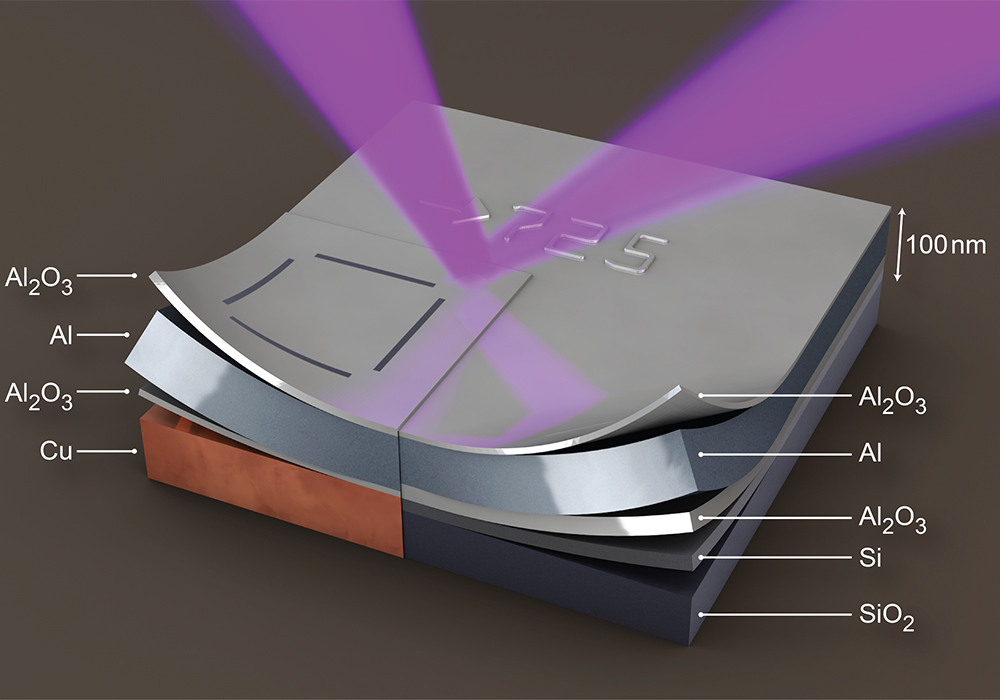
STROBE Microscope Capability
Ultrafast VUV/EUV Coherent Imaging
Scientists at STROBE have developed unique nondestructive large-area materials characterization and imaging capabilities based on ultrafast EUV sources. Dynamic EUV scatterometry can probe nanoscale thermal transport and elastic properties, while complex-imaging reflectometry can non-destructively determine depth-dependent, spatially-resolved composition, with high sensitivity to chemical makeup, thin film layer thicknesses, interface quality and dopant profiles, with ~10-50nm transverse spatial resolution, ~Å axial spatial resolution, and ~femtosecond time resolution.
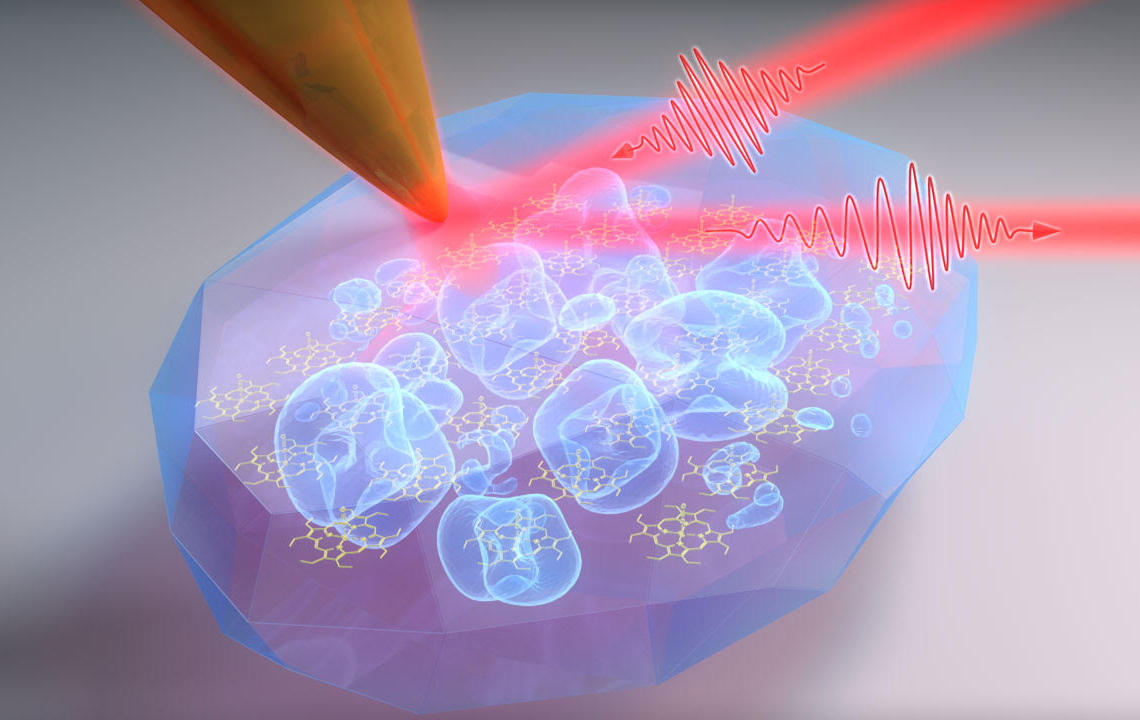
STROBE Microscope Capability
Ultrafast IR/THz nanoscope
Scientists at STROBE have developed and advanced infrared and optical nano-imaging (IR s-SNOM) in several new modalities to provide from label free chemical nano-imaging with few nanometer spatial resolution in dense molecular environments, to optical nano-crystallography to image molecular orientation on the nano-scale, and even femtosecond time resolution probing quantum dynamics in an ultrafast nanoscope.

STROBE-Enhanced National Facilities
National Nano-IR ALS Facility [LBNL]
Infrared (IR) chemical nano-imaging had been slow for full 2D/3D chemical nano-analysis and of limited spectral range. STROBE scientists enhanced the Synchrotron Infrared Nano-Spectroscopy (SINS) user facility at the ALS at LBNL to achieve spatio-spectral nano-imaging and enhance the sensitivity of the SINS in the far-IR/THz range. Ongoing research will increase the imaging speed 10-fold to enable routine 3D spatio-spectral nano-imaging to enhance the user experience for bio and materials science.
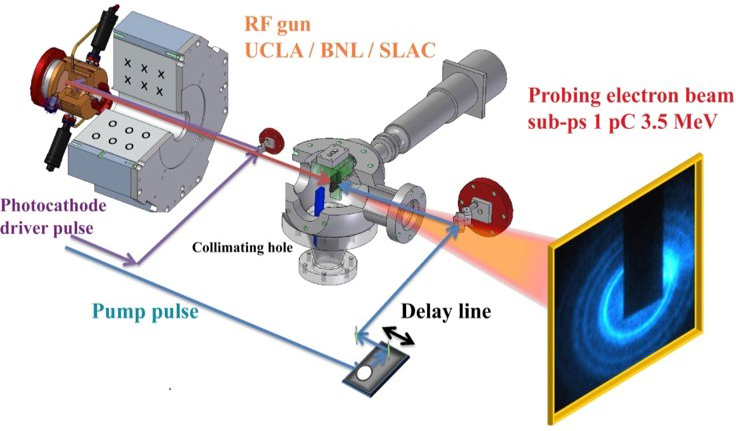
STROBE Microscope Capability
Ultrafast Electron Diffraction and Imaging
Scientists at STROBE have developed and advanced ultrafast electron diffraction and imaging microscopes. This new capability expands the high resolution of electron microscopy and diffraction to ultrafast phenomena such as metal-insulator phase transitions, heterogeneity in strongly correlated electron systems, charge density wave dynamics and 2D topological materials.
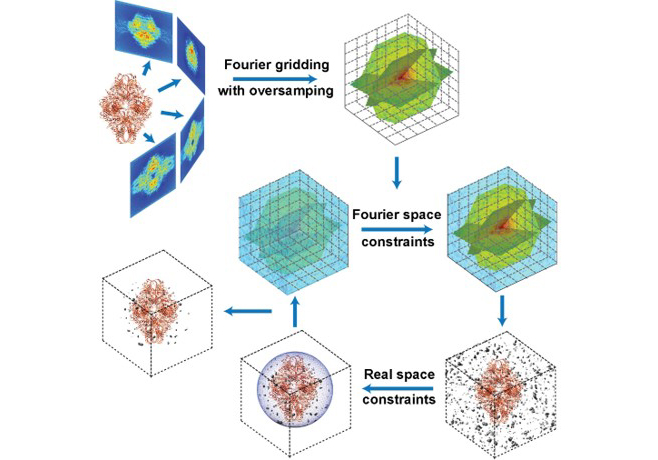
STROBE Research Capability
Advanced Imaging Algorithms
Scientists at STROBE have developed and advanced a powerful set of phase retrieval and 3D reconstruction algorithms to enhance novel imaging capabilities. These algorithms through the incorporation of big data and deep learning are freely available from our website and are expected to find applications across different disciplines.
![research_ncem-lbnl National Center for Electron Microscopy [LBNL]](https://strobe.colorado.edu/wp-content/uploads/research_ncem-lbnl.jpg)
STROBE-Enhanced National Facilities
National Center for Electron Microscopy [LBNL]
STROBE scientists have enhanced electron microscopy with new methods, advanced algorithms and microfabricated apertures that expand current capabilities available for all users of the facility. STROBE contributions, through a formal approved program, will continue to improve atomic electron tomography, 4D-STEM, and efficient data processing of state-of-the-art detectors.
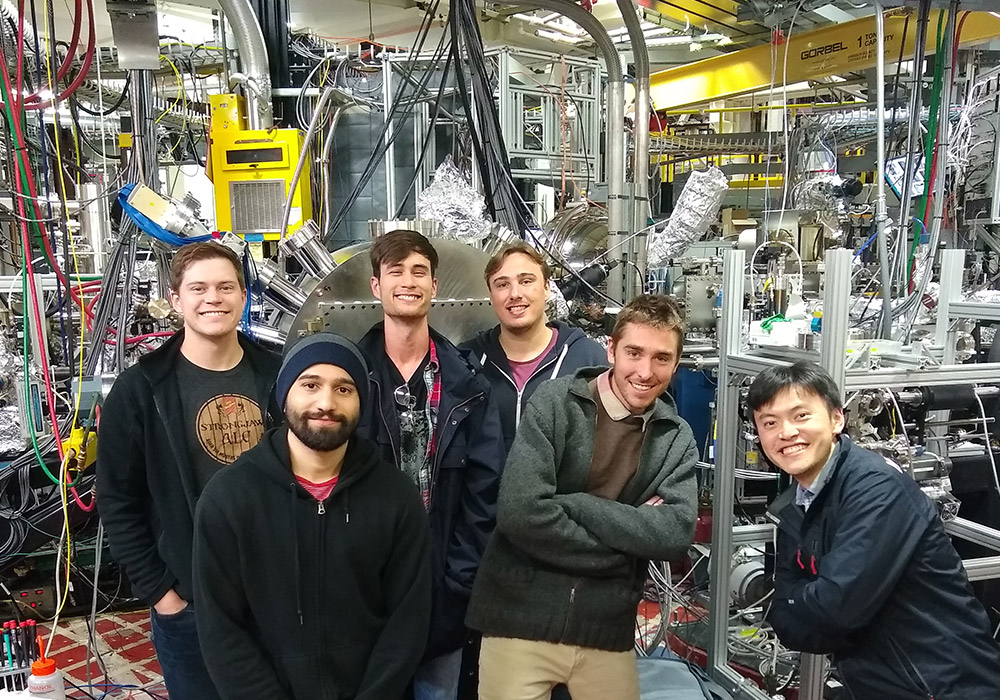
STROBE-Enhanced National Facilities
Coherent Scattering and Microscopy (COSMIC) [LBNL]
STROBE scientists bring multiple new X-ray imaging methods, algorithms, samples and holders to LBNL to help commission the new COSMIC facility at ALS through a collaborative approved program. STROBE has also performed multimodal multiscale imaging experiments using both the COSMIC and NCEM.
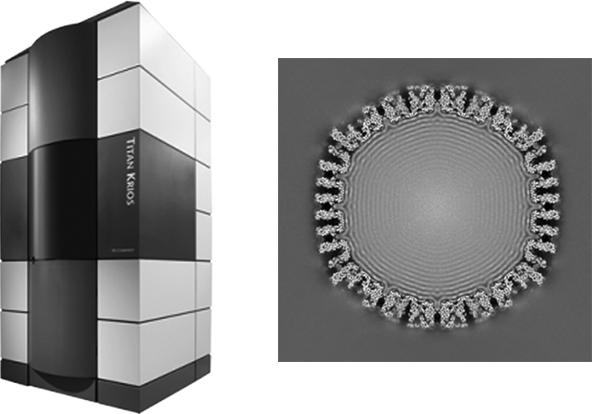
STROBE Microscope Capability
Cryo-EM and cryo-electron tomography [CNSI]
STROBE scientists have enhanced the cryo-EM and cryo-electron tomography capabilities of the California Nano Science Institute by combining new methods and advanced algorithms with state-of-the-art electron detectors.
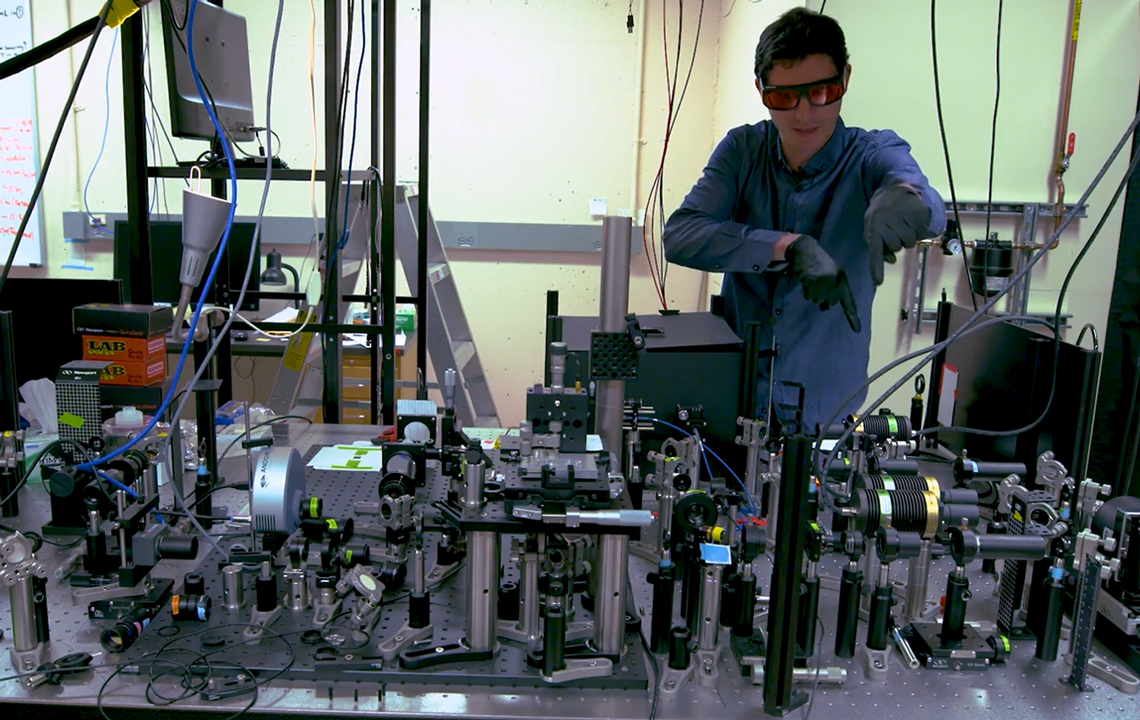
STROBE Microscope Capability
stroboSCAT
The next generation of semiconducting materials that will facilitate energy transport and storage in the technologies around us is becoming increasingly complex. Scientists at STROBE have developed a novel time-resolved interferometric scattering microscope to visualize how energy navigates the intrinsically disordered landscapes in these materials on the nanoscale. With this high-throughput technique, STROBE scientists can collect non-invasive stroboscopic movies in a variety of organic, inorganic, and hybrid material, down do <10 nm spatial sensitivity and ~100 ps time resolution.